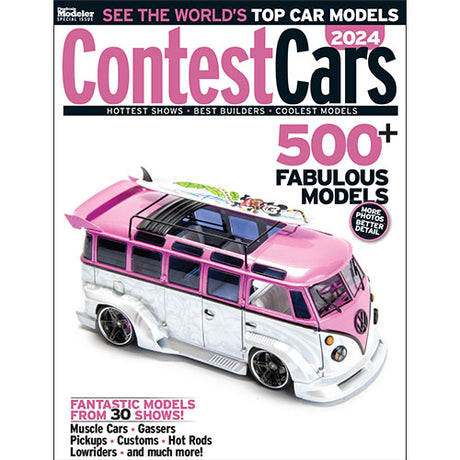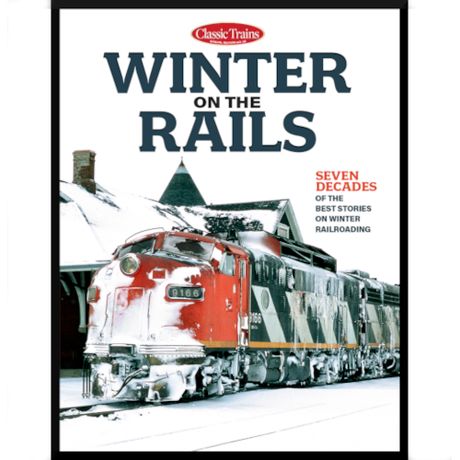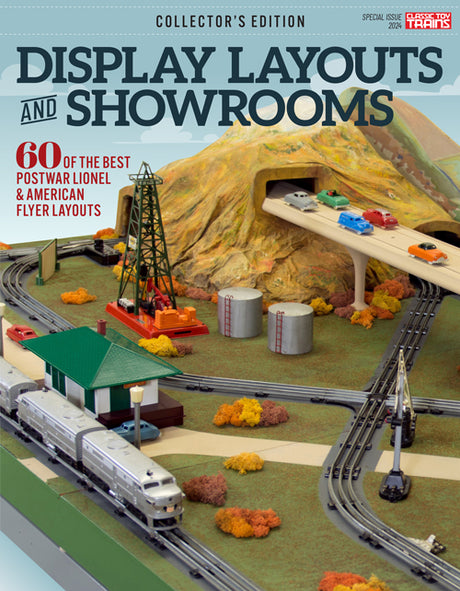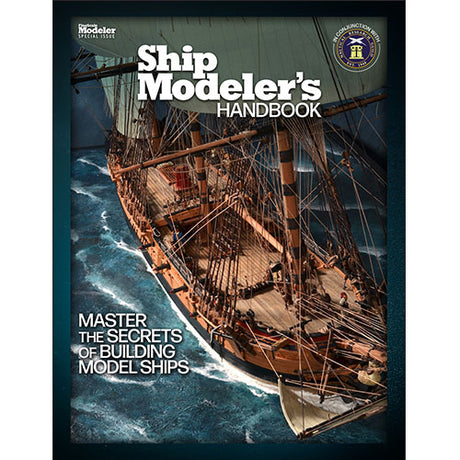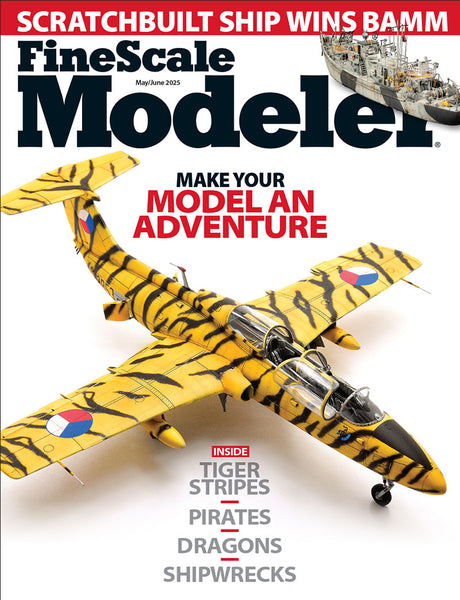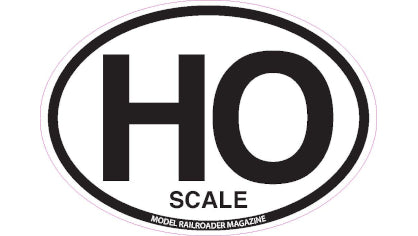
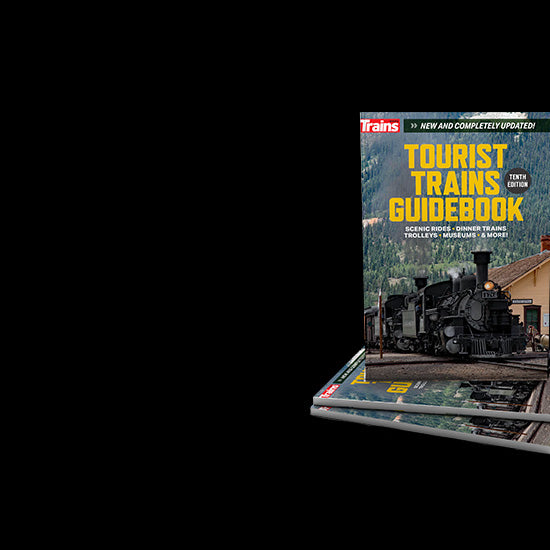

Plan Your Next Rail Vacation
New and completely updated, the Tourist Trains Guidebook features more than 500 fascinating train rides, museums, trolleys, dinner trains, and historic depots across the United States and Canada.

Arduino Projects
Enhance signaling, detection, lighting and sounds, making your model railroad come to life!
Sale
View all-
$8.99
$9.99Unit price /Unavailable -
$8.99
$9.99Unit price /Unavailable -
Trains Across America 2025 Calendar
$7.79$12.99Unit price /Unavailable -
Model Railroader 2025 Calendar
$7.79$12.99Unit price /Unavailable -
$7.79
$12.99Unit price /Unavailable -
$11.99
$13.99Unit price /Unavailable -
$11.99
$12.99Unit price /Unavailable -
$12.99
$13.99Unit price /Unavailable -
$11.99
$13.99Unit price /Unavailable -
Fallen Flags: Southern Pacific Remembered
$11.99$12.99Unit price /Unavailable -
$8.95
$9.95Unit price /Unavailable -
Model Railroading: The Ultimate Guide 2023
$2.50$9.99Unit price /Unavailable
new arrivals
View all-
$7.99Unit price /Unavailable
-
FineScale Modeler May/June 2025
$8.99Unit price /Unavailable -
$7.99Unit price /Unavailable
-
Norfolk Southern Family Tree Throw Blanket
From $39.95Unit price /Unavailable -
Union Pacific Family Tree Throw Blanket
From $39.95Unit price /Unavailable -
Canadian National Family Tree Throw Blanket
From $39.95Unit price /Unavailable -
From $39.95Unit price /Unavailable
-
BNSF Family Tree Throw Blanket
From $39.95Unit price /Unavailable -
CPKC Family Tree Throw Blanket
From $39.95Unit price /Unavailable -
Tracklaying Tips and Techniques, Vol. 3
$6.95Unit price /Unavailable -
Shortline and Regional Railroads
$7.95Unit price /Unavailable -
Arduino Projects (Presale-Available 5/31/25)
$23.99Unit price /Unavailable
Shop by hobby
-

Model Trains
-

railroading
-

Toy Trains
-

scale modeling
Featured blogs
View allSave 15% on Every Order!
Unlock a world of exclusive premium content with the Trains.com Unlimited Membership! Plus, you'll save 15% on every Trains.com Store order and qualify for exclusive pre-sales and special offers.
Join Our List
Be the first to know about special offers, new product announcements, and more!











